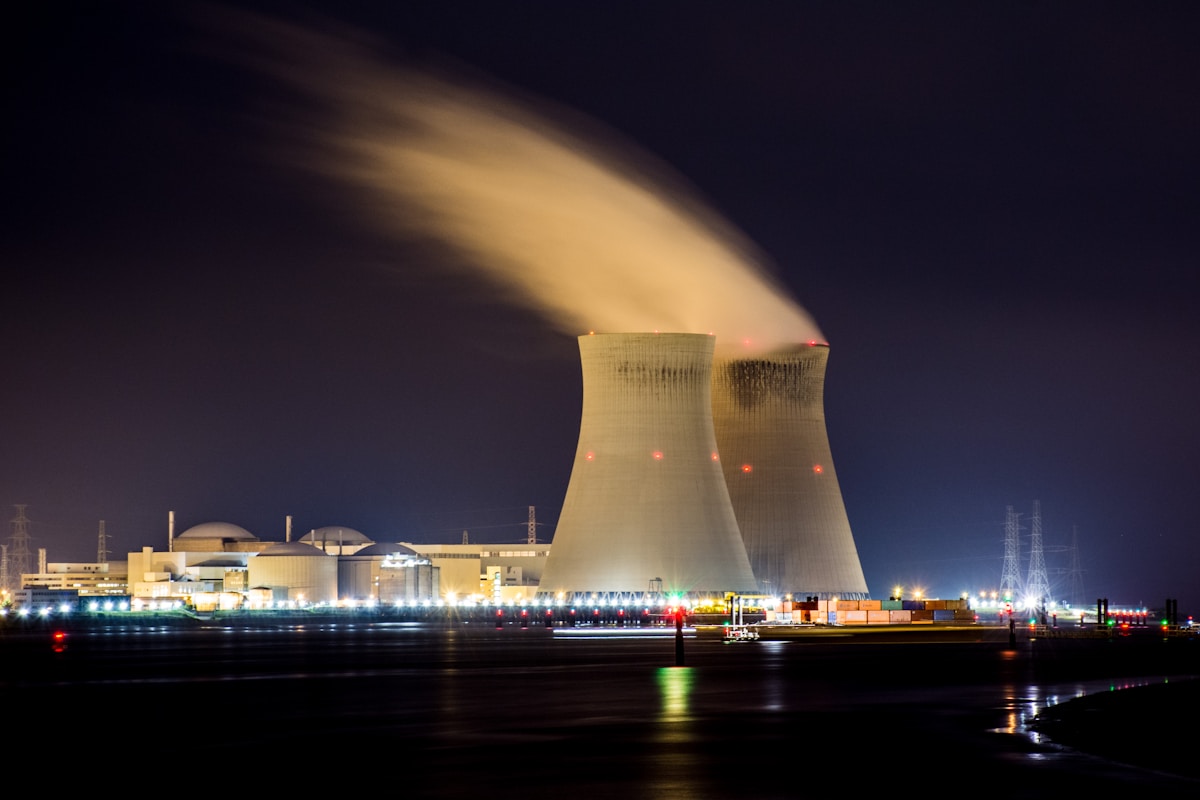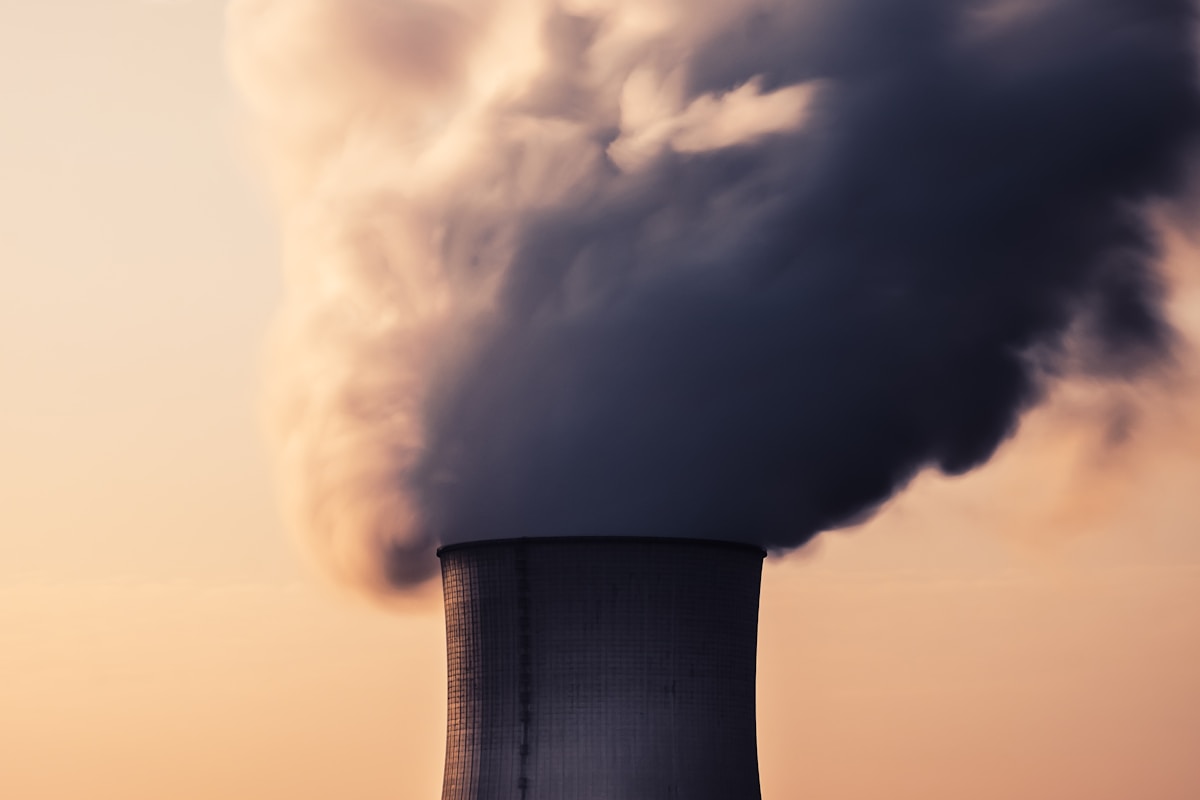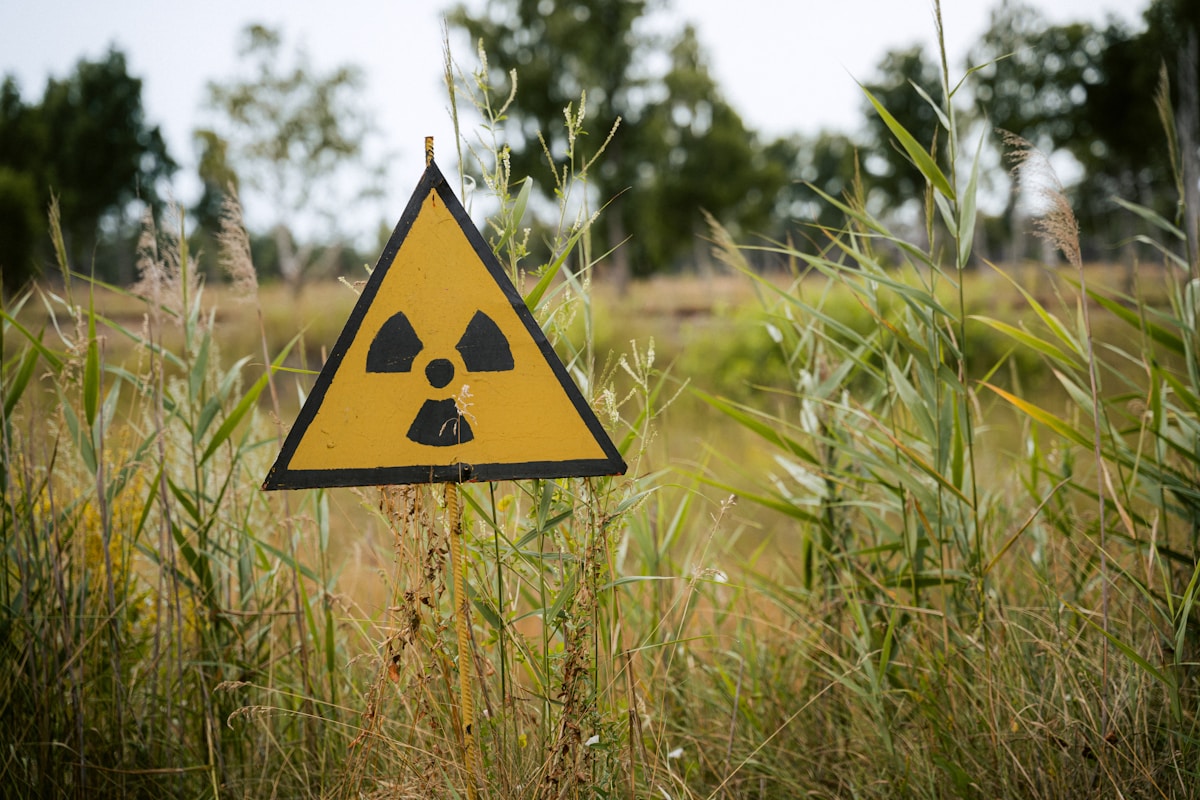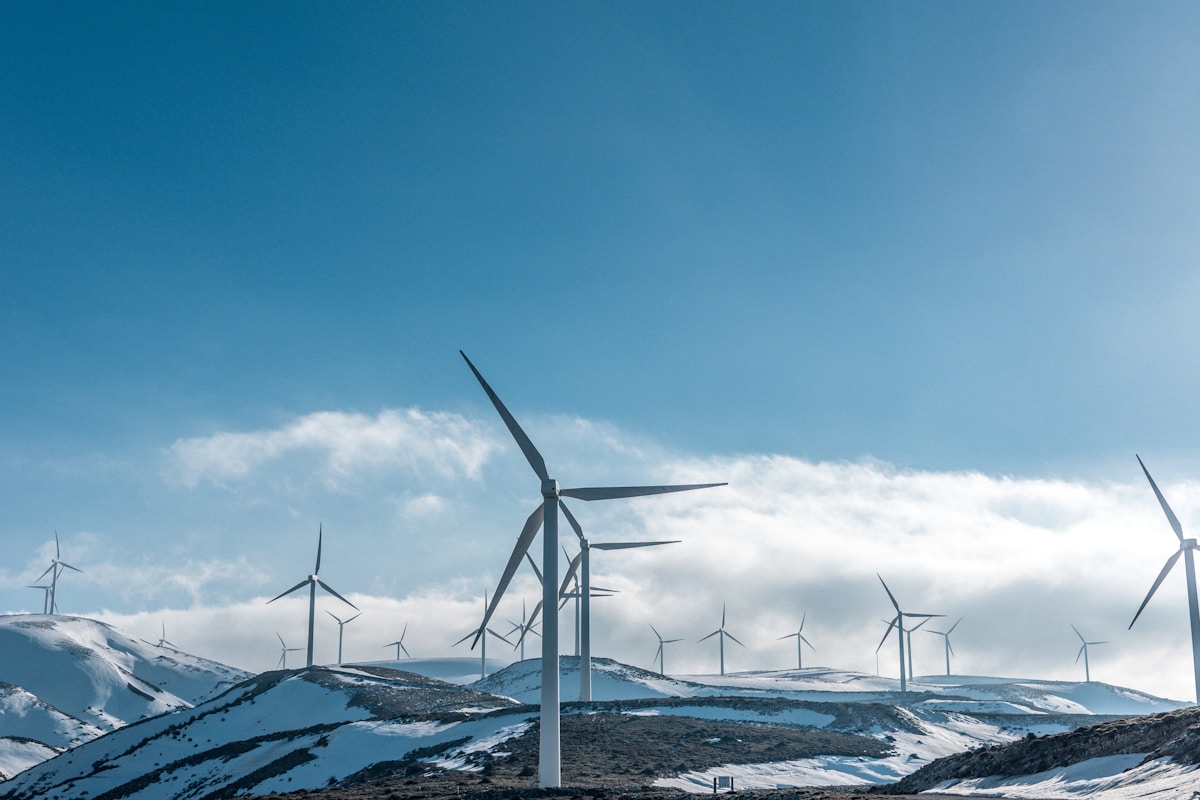Nuclear Power: A Stepping Stone to Cheaper and Cleaner Energy

In recent years, heads have turned to an increasingly pressing issue, global warming. Thus, policymakers and CEOs of oil companies such as Chevron, Exxon Mobil, and BP started to invest into renewable energy, nuclear power plants, and carbon capture. While solar and wind power can offer extraordinarily high marginal utilities and low-cost per kWh, solar and power have capacity factors of 25% and 35%, respectively. On the other hand, nuclear has a capacity factor of about 93%, which means that nuclear power plants produce maximum power for 93% of the time during the year, which is up to 1.5 times more than natural gas and 3.5 times more than solar.
Advantages

In the United States, nuclear power produces more than 50% of the nation’s emissions-free electricity and now, the Department of Energy is researching and developing new reactors that can offer an overall improvement to nuclear technologies by increasing efficiency and reducing nuclear waste after use. In contrast to coal and natural gas, the carbon emissions from nuclear power are only produced by its construction, maintenance, and mining for fuel. Thus, switching to nuclear power would radically reduce carbon dioxide emissions compared to its fossil fuel counterparts. Furthermore, nuclear power ironically releases less radiation into the environment than any other major energy source. In fact, coal releases the most radiation because burning it produces a residual waste called fly ash, which has uranium and thorium from the earth’s crust.
Nuclear Accidents

While nuclear power has its advantages, every power source has its disadvantages as well. In the public’s eye, the risk of accidents is a point to make when it comes to production of nuclear power because of the large-scale accidents of Three-Mile Island, Chernobyl, and more recently, Fukushima Daiichi. However, according to the U.S Nuclear Regulatory Commission, in TMI’s nuclear accident, about 2 million people received an average radiation dose of 1 millirem about the usual background dose, whereas the exposure from a chest X-ray is 6 millirem and the average radioactive background dose is between 100 and 125 millirem per year. Thus, while the reactor took significant damage, the accident had negligible effects on people living near the reactor.

Regarding Chernobyl, the United Nations Scientific Committee on the Effects of Atomic Radiation, or UNSCEAR, stated that evacuees received 30 mSv, 1 mSv for other residents of the USSR, and .3 mSv for the rest of Europe. To put this in perspective, a full-body CT scan delivers 10-30 mSv and the average U.S resident receives 1 mSv of radiation per year. Only the disaster relief workers, workers at the plant, and residents who continued to live near the plant or were not evacuated had serious effects on their health, including either death from acute radiation or thyroid cancer. Finally, in the aftermath of the Fukushima Daiichi accident, according to the Atomic Energy Agency, none of the residents living in the vicinity of the plant had their health negatively affected by the accident and all the children tested for thyroid gland exposure showed results within safe limits.
Nuclear Waste

A major issue of producing nuclear power is the disposal of highly radioactive reactor fuel waste and how to recycle the waste to extend the productivity of nuclear power for years to come.
In the U.S, fuel waste is safely stored in spent fuel pools or in concrete and steel dry casks at a reactor or at decommissioned reactor sites. The world’s third largest deep geological repository, the Waste Isolation Pilot Plant (WIPP), stores radioactive waste in a thick deposit of salt that extends from New Mexico all the way to Kansas. Thus, the world can easily store its nuclear waste for the next several hundred years.
Hybrid Energy Systems

While solar power has the lowest cost per MWh according to a report by Lazard, nuclear power can produce an enormous amount of power nearly every day of the year. Thus, nuclear power can be used as a baseload, meaning that its operation has little variation in output and can be reliable to meet the high demands of consumers, especially at a time when technology is improving rapidly and requires more energy. As a result, people ought to use solar and wind power when they are more efficient, i.e., using solar during the summer and wind during the winter.
Recent Developments
Now that global gas prices have soared over the past year, organizations such as the EU and the UNECE are now seriously considering energy alternatives, including nuclear power. While some members in the EU such as Germany want to exclude nuclear energy from its goal of carbon neutrality by 2050, France, where 70% of its electricity is from nuclear power, is pitching for greater use of nuclear power in the future.
Recently, on November 22nd, the UNECE officially recognized nuclear power as the lowest carbon electricity source in a new report that studied the UK’s newest nuclear power projects, Hinkley Point C and Sizewell C. Evidently, while nuclear power is not a practical energy source to completely receive energy from, it is an excellent steppingstone to begin the world’s path to cleaner and cheaper energy to meet the massive demand of electricity for the future.

Written by Martin Min
Sources
https://www.wsj.com/articles/gas-crisis-prompts-fresh-proposals-from-eu-11634129005 https://www.energy.gov/energysaver/hybrid-wind-and-solar-electric-systems https://www.energy.gov/ne/articles/nuclear-power-most-reliable-energy-source-and-its-not-even close
https://www.nrel.gov/news/program/2020/nuclear-renewable-synergies-for-clean-energy solutions.html